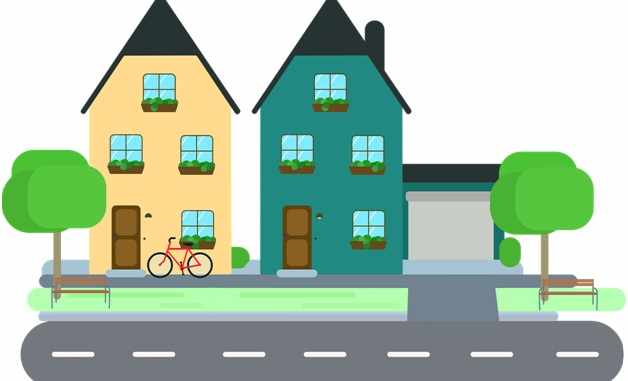
The capitalization rates (Cap Rate) is the expected rate of return for commercial real estate investment. It is calculated by taking the Rental Income, divided by the Current Market Value. Another computation is using Net Operating Income divided by Net Capitalization Rates.
It is the intrinsic rate of return since and does not consider leverage. Or the investment is assumed to be purchased in cash. Other factors being disregarded in the computation for cap rate is the time value of money and additional income for future property improvements.
Capitalization Rates Computation Formula and Example
The cap rate is computed as follows:
Gross Cap Rate = Rental Income/Market Value
or
Net Capital Rate = Net Operating Income/Market Value
Let’s say that an investor is considering investing in a property with a market value amounting to $1.5 million with an expected annual rent income of $100K and maintenance costs and property tax amounting to 40K.
Gross Cap Rate = 130K/1.5 million
= 8.67%
Net Cap Rate = (130K-40K)/1.5 million
= 6%
Another way to consider the cap rate is as a risk-free rate of return + risk premium.
For example, treasury bonds are considered a risk-free investment. Let’s say that the risk-free return is 3.5%, while the expected rate of return is 8%. It means that 4.5% is the risk premium or compensation for the risk you are taking for investing in commercial real estate.
What is Considered as a Good Cap Rate?
A reasonable cap rate would depend on a transaction and whose point of view you are taking. If you are buying a property, you want a higher capitalization rates so that you get more income for the money you have to pay.
If you are the seller, you are looking to sell at the lowest cap rate possible, because then you get the highest price for the rental income your property obtains. In any case, the achievable cap rates depend on the local market. Therefore, you will have to talk to brokers, real estate agents, check listed properties for sale to find out the implied cap rates on the local market.
To determine a property’s capitalization rate accurately, consider using a cap rate calculator. This tool simplifies the process, helping real estate investors evaluate the profitability and risk of an investment property by considering factors like rental income and property value.
The cap rate can also tell the risk premium involved in evaluating properties. Real estate located in a city’s business center has a higher market value with a lower cap rate. In contrast, a property outskirt of a city will be cheaper but with a higher cap rate. Though it would be costly to acquire a property in a city, it will be less risky than its counterpart in an outskirt location.
Also, the interest rate environment per country plays a role. If you compare cap rates in Costa Rica (high interest rates) vs. Cap rates in Switzerland (low interest rates), the cap rate in Switzerland will also be lower.
Using capitalization rate is one of the quick ways to evaluate a commercial real estate investment given that there are data of comparable companies for market value. However, it disregards factors such as leverage, time value of money, and additional income from property improvements. It would be best if the capitalization rate is utilized alongside other valuation methods to provide a more guided and realistic investing decision.

Leave a Reply